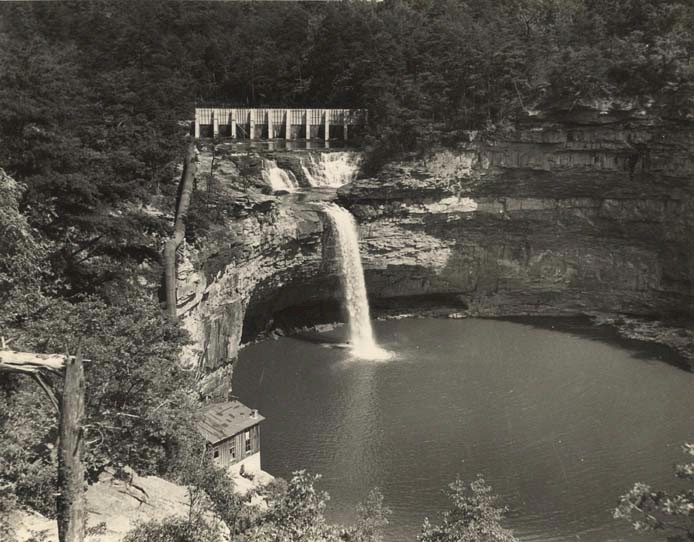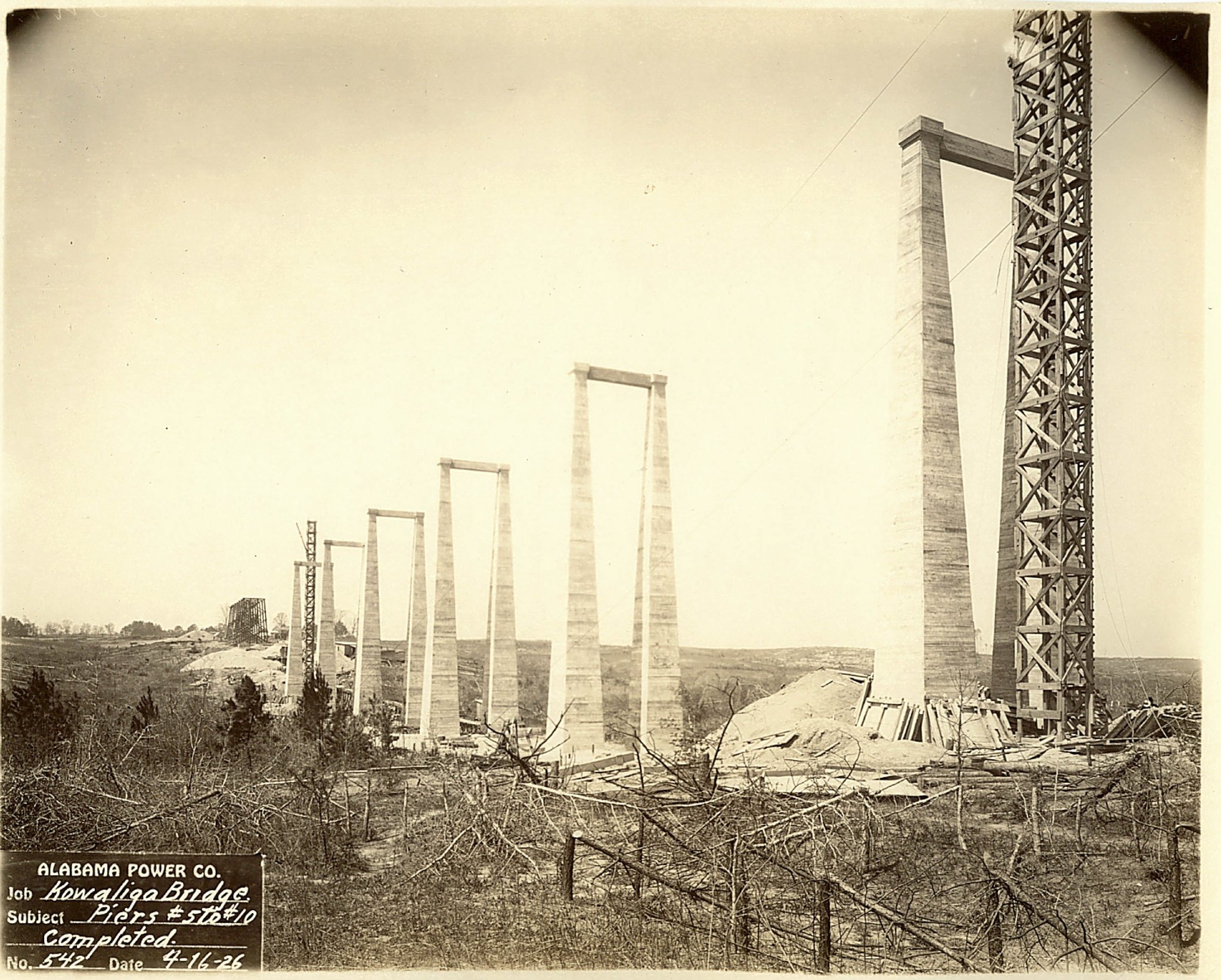Mentone is one of Alabama’s most charming mountain towns. While much of the city’s history is recorded, there is a local legend that lives on. Despite the implausibility posed by many historians, the legend of a visit by Welsh prince Madoc still intrigues locals.
A Mentone Myth
The Encyclopedia of Alabama‘s reference assembles much of what is known about Prince Madoc’s supposed voyages. According to legend, Prince Madoc visited the town of Mentone in 1170. While information about the visit is limited, the folklore surrounding the prince paints an interesting portrait of the royal. Prince Madoc, also known as Madog ab Owain Gwynedd or simply Madoc, is the central character in a legend of various volumes.
The Story of Prince Madoc
In 1169, the ruler of Gwynedd, a Welsh kingdom, passed away. He left behind a number of sons, as many as 27 by some accounts, who went to war over succession to the throne. “According to the legend, one of the sons, Prince Madoc, left war-torn Wales and sailed west with a shipload of his countrymen anxious for peace as well.” Many propose that the prince made as many as three separate journeys to the Americas.
Upon arrival at the military landmark Fort Morgan by way of Mobile Bay, Madoc is said to have settled for a time. Supposedly, he “established a Welsh colony more than three centuries before Columbus’s first voyage in 1492.”
The legend maintains that Madoc and many from the Welsh settlement set out to trek northward across Alabama. Utilizing the state’s rivers, they traveled from Mobile Bay to the Tennessee Valley until ultimately reaching Mentone.
However, before long, it is believed that tensions arose between Madoc and his men and the Native American tribes. This conflict is thought to have pushed them northward. They traveled to what is now Louisville, Kentucky where they set up a temporary settlement. Not long after, Madoc and his followers moved on from the area before settling in the upper Missouri River valley.

(Landmarks of Dekalb County, Alabama Inc./Facebook)
The Story Lives On
While skepticism and denial surround the story of Madoc, the prince’s travels have been documented across many sources. The first of these is a Welsh manuscript from the 1500s by politician and devoted antiquarian Humphrey Llwyd. The story was later made popular by its reproduction in a history of Wales by historian David Powel published in 1584.
In an effort to make a case for England’s claim on American land, adventurer and merchant George Peckham and astrologer and philosopher John Dee utilized the story of Madoc in their written pieces during the 1580s. Later, Sir Thomas Herbet featured Madoc in A Relation of Some Yeares Travaile, Begunne Anno 1626. A publication exploring international travel among other topics, it proved popular among readers, and copies sold throughout the 1600s. Catered to readers in British North America, his piece helped to perpetuate the idea of early Welsh influence on the continent.
Hidden History in Mentone
While professionals find the account of Madoc’s journeys improbable at best, there are traces of his story that may remain. Interestingly, underneath Desoto Falls in DeKalb County, there is a subterranean area known as the Welsh Caves which “contain evidence of human habitation that many of the legend’s believers claim to have been left by him and his followers.”
According to Alabama State Parks, “In 1793 Gov. John Sevier of Tennessee wrote that a Cherokee Chief informed him that folklore of his tribe told of a people calling themselves Welsh. He claimed that the Welsh had traveled the area between Mobile Bay and Lookout Mountain but later were driven out of Alabama by the Cherokees. Also mentioned in the Governor’s report was the discovery, in 1799, of six skeletons encased in brass armor bearing the Welsh coat of arms. During Gov. Sevier’s Indian campaign he had found prehistoric, fitted-stone fortifications.”
While archaeologists and scholars may doubt the validity of the story associated with the supposed Welsh prince, a number of Mentone locals remain steadfast in their belief that he visited the Alabama mountain town nearly a century ago.




